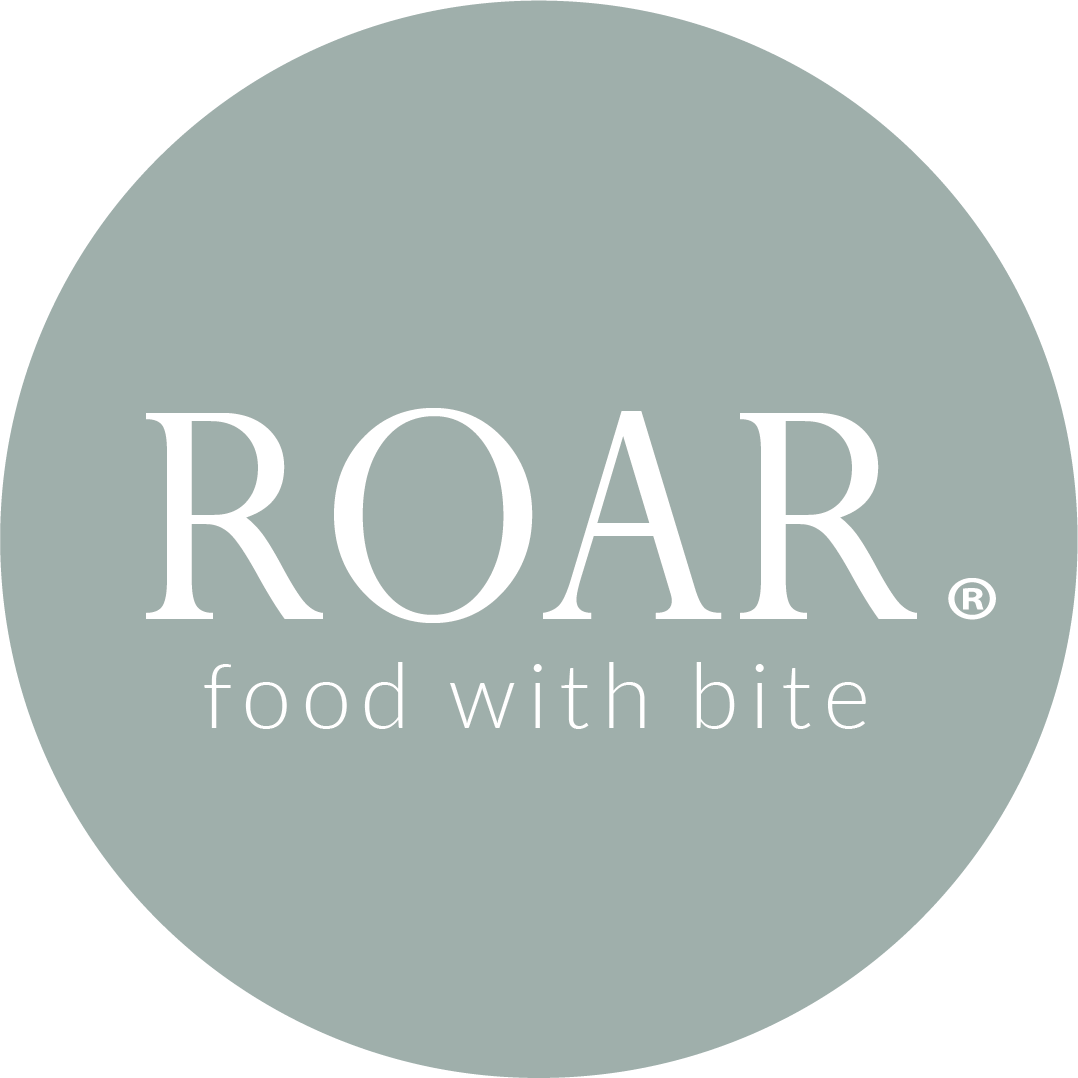KALE: All the Rage or Just a Load of Cabbage?

Do other vegetables have reason to be green with envy at kale’s almost celebratory status as super food in vogue? Has the plain ol’ cabbage been unfairly left behind?
Kale – ingredient of the moment. Super food, green ingredient of the year and absolute darling of the health food advocate in present times. Now don’t get me wrong, I a massive fan of kale and have been for many years and have featured it in many recipes. I love telling people to try it if they haven’t already heard the amazing news about this ingredient. But the question I do ask is what is so special about kale and what about our forgotten friend the cabbage? Kale’s close relative.
Surely cabbage, the slightly sweeter and crunchier cousin of kale, is equally deserving of attention? So I decided to check out my hunch that cabbage can compete with the kale in terms of nutrition as surely as it does in terms of taste and texture (at least in my view).
Enter my new favourite toy: the Self Nutrition Data website. Here they give key information about all kinds of ingredients and food products (mostly American) that are summarized using some great ranking techniques. If you want to understand more I suggest you visit the website, but suffice to say that their ranking gives a fairly good summary of the health properties of an ingredient.
So how does cabbage rate vs kale? Here are some figures (bear in mind that individual diets require different things, so things like ‘extremely good’ may in fact be ‘extremely bad’ for an individual depending on their daily dietary requirements):
| Nutrition Rating | Kale | Cabbage Red | |
|---|---|---|---|
| Nutrition Rating (how many nutrients per calorie): | 5 out of 5 (ex. high) | 5 out of 5 (ex. high) | |
| Fullness Factor (how many calories vs how fulling it is i.e. good for weight management): | 3.5 out of 5 (high) | 4.5 out of 5 (ex. high) | |
| Calorific Ratio Pyramid (where calories come from): | 72% carbs, 12% fats, 16% protein | 85% carbs, 4% fats, 11% protein | |
| Glycemic Load (effect on your blood sugar ideal is 100/per day): | 3 (very low=ex. good) | 2 (very low=ex. good) | |
| Inflammation Factor (stress on immune system): | 257 (very good) | 27 (ok) | |
| Nutrient Balance (essential nutrients spectrum): | 85 out of 100 (very high) | 82 out of 100 (very high) | |
| Protein Quality (range of essential amino acids): | 92 out of 100 (good) | 58 out of 100 (average) |
So there you have it. Kale and cabbage are both highly nutritious foods. Kale ranks slightly higher in most positive nutritional values – but only just. The only real difference in terms of nutrition between them is the anti-inflammatory factor, which granted, is quite important. But it must be pointed out that cabbage is not inflammatory. The only other real significant factor is the fact that kale has more and better quality protein. Savoy cabbage however, has a Protein Quality rating of 72 out of 100 – so no real biggie there.
There you have it. Kale is an amazing food. Eat lots of it wherever possible. But don’t forget about its cousin the cabbage. A wonderful and often less expensive food. Both foods taste better and are much more digestible if you soak them in water for a few hours (I like my water slightly salted for extra flavour as it draws out the moisture in the leaves thus intensifying flavour).
Now to convince the world that kale’s other cousin the Brussels sprout is equally worthy of merit. But first I have to convince my own taste buds of that matter!


Nice website Gabriel, inspires me to get on to revamping mine. Interesting articles – we are growing a lot of our food now and have enjoyed Kale , not because it was fashionable, just that we had access to a lot of plants. Erica worked in the kitchen in an ashram in Canada and told us they all massaged the kale as it released the vitamins and minerals more or something like that. So from then on we made massaged kale salads or we massaged it before cooking. Kale chips are good too.
Thanks Liz. That is interesting about the massaging technique. Kale is high oxalic acid, maybe the massaging helps get rid of it in some way?
I went to the Self Nutrition Data website, but I could not see where Kale showed its inflammation factor. Could you tell me where I could find that piece of information on the different foods? Thanks.
Hello Diane,
The nutrition data website runs on adobe flash (which most computer nowadays don’t automatically allow as it is vulnerable to hacking). So you could try updating you flash programme and the website will work better for you? But also the inflammation metric may have been discontinued on this website – which would be a pity if it was!.
I turned turned on flash, and it did make some more graphs. But I cannot find the inflammation factor still. That is sad, because that is a really interesting piece of analysis. Too bad…
Oh bummer – they must have stopped using that metric : (
Cabbage, kale, broccoli, kohlrabi, cauliflower and Brussels sprouts are all from Brassica Oleracea. So basically they are all from the same plant, so there’s no surprises why the nutrition profile is so similar.